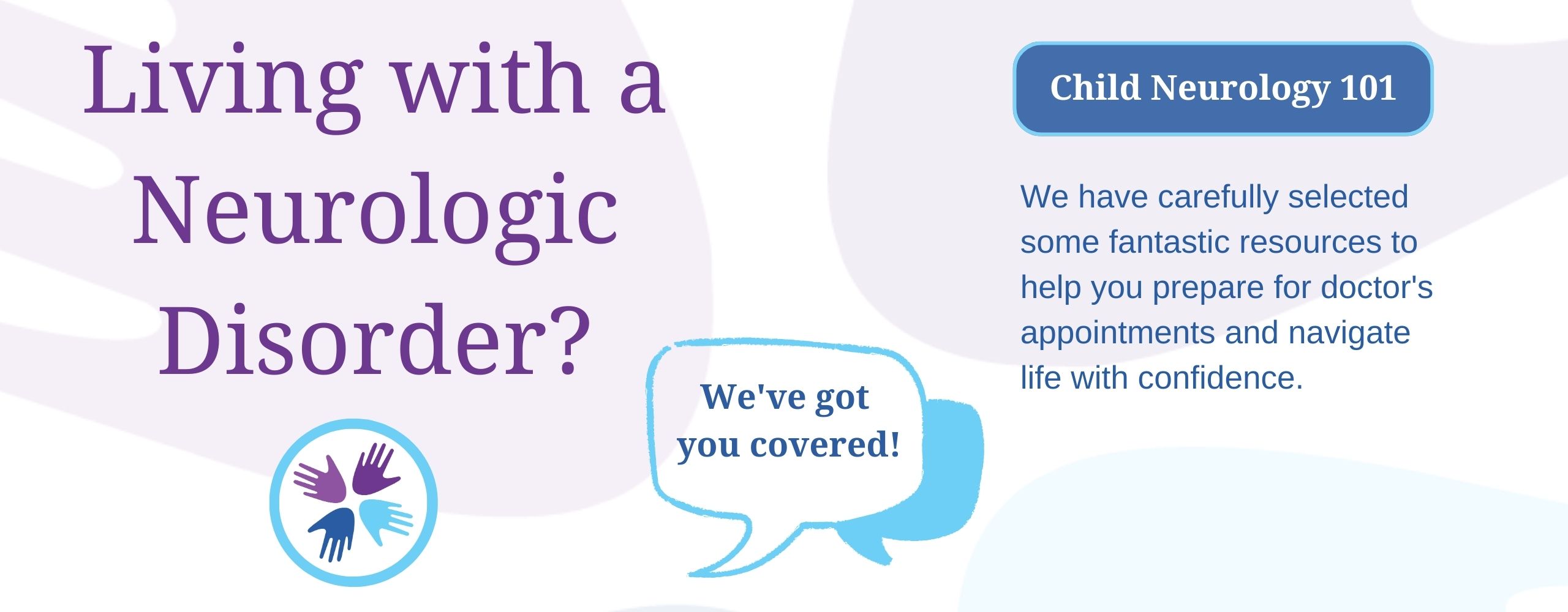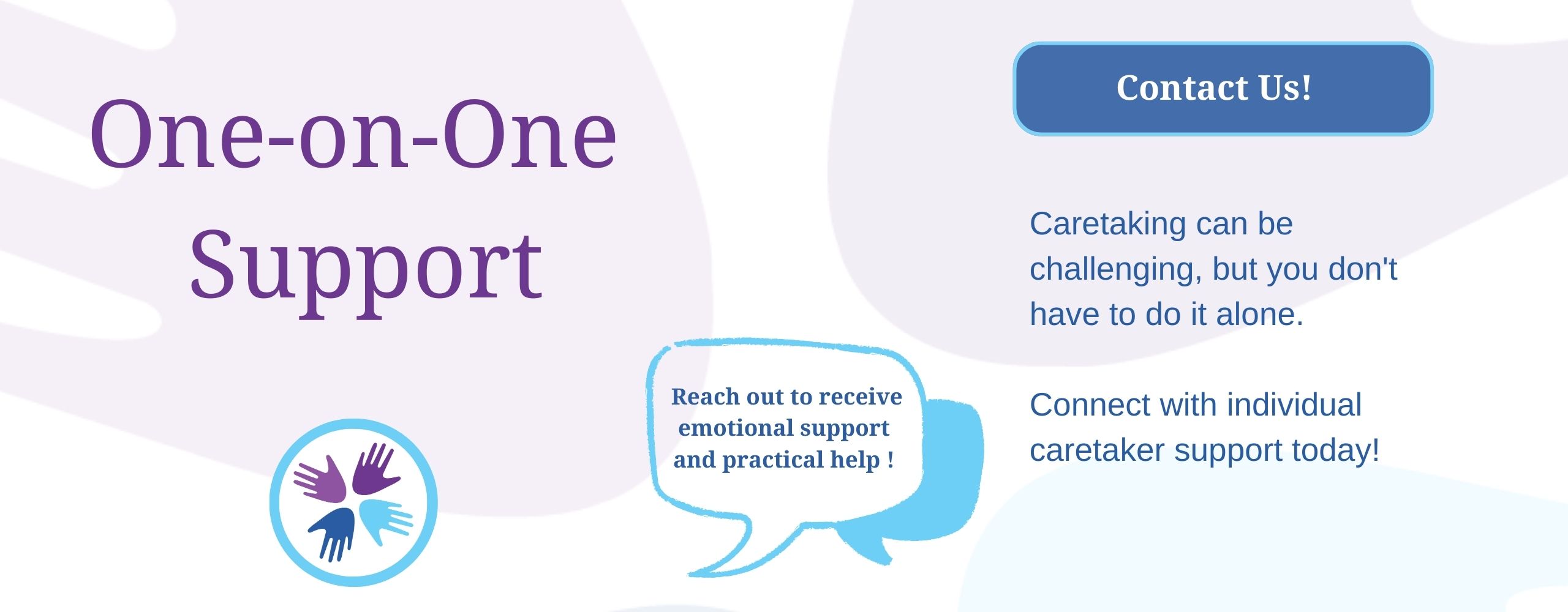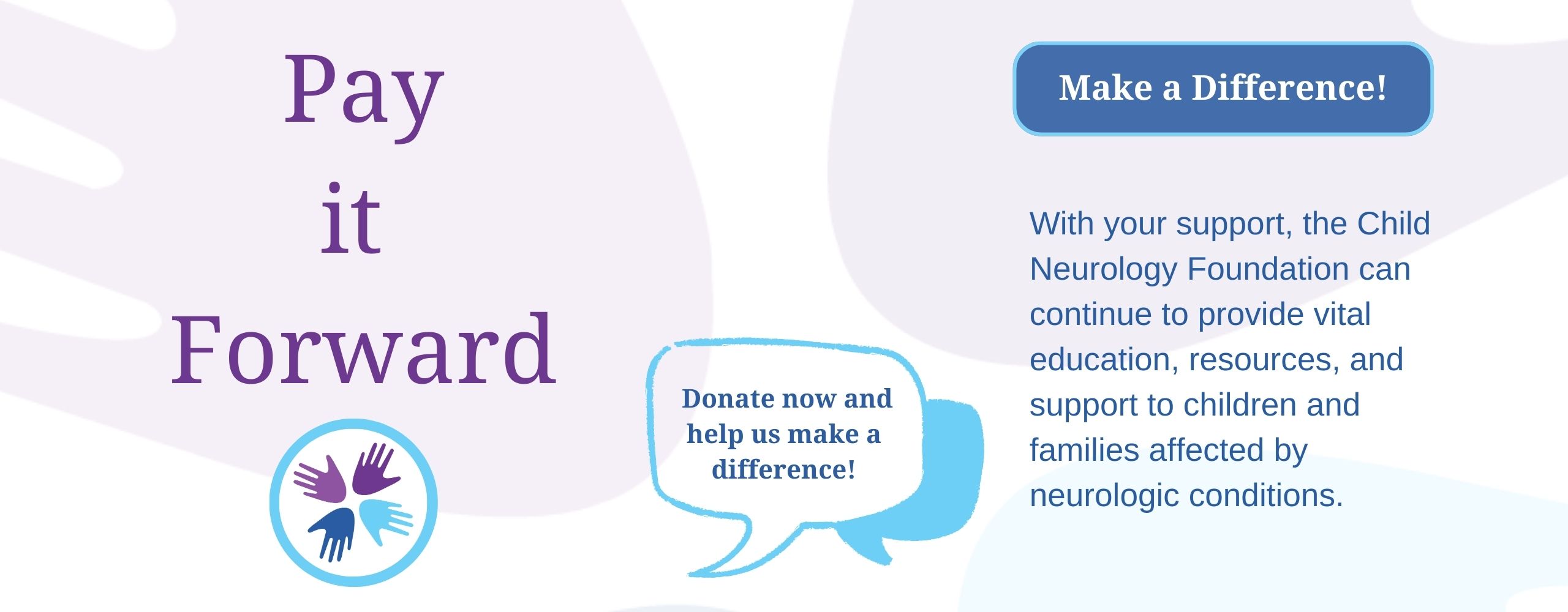
Authors: Krista Grande, MD, Connecticut Children’s Medical Center
Steve W. Wu, MD, Cincinnati Children’s Hospital Medical Center
Reviewed: May 2023
SUMMARY
Dystonia is a type of involuntary movement. These are movements that a person cannot control. The muscles contract. This causes atypical postures or movements.
Movements often look like twisting or stiffness of a body part. The movements may be shaky. Children with dystonia may have other neurologic symptoms.
Dystonia can be caused by differences in genes. It can also occur after brain injury, stroke, or infection. Sometimes dystonia is due to side effects of medication. Dystonia-like symptoms can also have psychological causes.
Dystonia is diagnosed by a neurologist. There is no testing that confirms dystonia is a neurological symptom. This means that a clinical diagnosis is necessary. This must be made by an experienced neurologist.
Tests are used to try to find the cause of the dystonia. These may include:
- Magnetic resonance imaging (MRI) of the brain
- Genetic testing
A patient’s outlook depends on the cause. Treatment may include:
- Behavioral therapy
- Medication
- Surgery
JUMP TO
Disorder Overview
DESCRIPTION
Dystonia refers to atypical postures or movements. It is caused by involuntary muscle contraction.
Dystonia is the name of the atypical movement. It is not the name of a specific condition. This means that many different conditions can lead to dystonia. The severity varies. It depends on the cause of the dystonia.
Movements are often described as twisting. Dystonia is patterned. This means it looks similar each time it happens. Movements may be repetitive. Children with dystonia may also have tremors. Dystonia is not usually painful, but it can be.
Voluntary movements can trigger or worsen dystonia. It may be “task-specific.” This means it only occurs with certain tasks. For example, it may occur when writing. Dystonia generally decreases during sleep.
People with dystonia usually cannot stop it from happening. However, some types of dystonia can sometimes be stopped by using a “sensory trick.” This is also called an “alleviating maneuver.”
For example, one type of dystonia is called cervical dystonia. In this case, the neck muscles contract. For some of these patients, touching the side of the chin may help. Sensory tricks may vary widely between patients.
SIGNS AND SYMPTOMS
Dystonia may start anywhere from birth to late adulthood. These are the possible affected parts of the body:
Generalized dystonia
Dystonia varies in severity. Symptoms may become more or less severe over time. In some people, symptoms vary from day to day. Symptoms can vary according to the time of day. They can also vary according to what the person is doing.
Sometimes, dystonia is progressive. This means that symptoms get worse over the long term.
CAUSES
There are many different causes of dystonia in children. In some disorders that cause dystonia, dystonia is the only symptom. In other conditions, dystonia is one of many neurologic symptoms.
Dystonia can be caused by differences in genes. In this case, the abnormal gene change(s) may be inherited from a parent. It can also occur only in the patient. This means that the cause may be genetic even if no one else in the family is affected.
Dystonia can also start after a brain injury, stroke, or infection. Sometimes it is caused by medications.
LABORATORY INVESTIGATIONS
Dystonia is diagnosed by a neurologist. The neurologist will first ask questions like:
- When did the symptoms start?
- What parts of the body are affected?
- When do the symptoms occur?
- Does the child have any other neurologic symptoms?
The doctor will also perform a physical exam. They will watch the child perform a variety of activities. These may include walking and running.
The atypical movements or postures seen in dystonia may not occur during the neurology visit. So, the neurologist may ask you to video-record your child while movements are occurring.
The neurologist may want to get testing done to determine the cause. This will depend on the type of dystonia and the exam findings.
Most children with dystonia will get an MRI scan of the brain. The doctor will look for structural changes that may cause dystonia. For example, this would include a brain injury that may have occurred at birth. (This may indicate dystonic cerebral palsy.)
There are two situations in which genetic testing is often done. The first is if the MRI does not identify a specific cause for the dystonia. The second is if the symptoms or exam suggest a genetic dystonia syndrome. Genetic testing might involve a blood draw or a cheek swab.
TREATMENT AND THERAPIES
Some types of dystonia respond to medication. Specifically, levodopa can be used. One type of dystonia is called dopa-responsive dystonia. This is a genetic type. Patients can respond particularly well to medication.
A neurologist may prescribe medication before test results are back. This is because genetic testing results can take a long time to return.
Other medications may be used alone or in combination. Some of these medications include:
- Trihexyphenidyl
- Baclofen
- Benzodiazepine
Typically, these are given by mouth. Some children have a feeding tube (a G-tube). In this case, they may be given medication through that. Baclofen can also be given through a pump. This pump delivers the medication directly to the spinal fluid. This treatment is usually for severe, generalized dystonia.
Symptoms may be limited to a small number of muscles. For these patients, injections of botulinum toxin may be helpful.
Sometimes, dystonia is severe. It does not improve with medication. In this case, a device called a deep brain stimulator (DBS) can be surgically implanted in the brain.
Another surgical option is lesional surgery. During this, a brain surgeon purposefully creates a small scar in a certain part of the brain. This has been shown to effectively decrease dystonia symptoms.
OUTLOOK
The outlook for dystonia depends on the cause. Dystonia may be a short-term occurrence. It can also be life-long.
The underlying cause may be curable or reversible. If so, it’s more likely that dystonia will be temporary. This typically is the case when it is due to medication.
When the cause is genetic, symptoms may improve with treatment. There is no cure currently.
Most people with dystonia have a normal life span. However, they may have challenges doing certain things. This is because of the atypical movements.
Some people’s dystonia symptoms can lead to other neurological or non-neurological complications. These complications could shorten a person’s life span.
RELATED DISORDERS
Some children with dystonia may have other types of atypical movements. These include:
Other children with dystonia may have:
- Epilepsy. The child tends to have seizures.
- Learning difficulties.
- Behavioral and mental health problems.
Some children may have dystonia associated with cerebral palsy.
Resources
Dystonia Medical Research Foundation
The Dystonia Medical Research Foundation (DMRF) is committed to supporting research that will lead to better treatments and ultimately a cure for dystonia. DMRF provides education and awareness programs, advocates for and provides support and resources for parents of children with dystonia. DMRF hosts Support4Parents of Children with Dystonia, a private Facebook group that gives members a space to share experiences, receive helpful information, and support one another.
Dystonia UK
Dystonia UK’s mission is to give hope and support to everyone living with dystonia and to create UK and worldwide awareness. Dystonia Animated is a series of short animations, as part of the Reach Out, Reach All campaign. The focus of the series is on dystonia in children and how the diagnosis affects their lives. Dystonia UK also hosts a private Facebook group, Parents and Carers of Children and Young People, which anyone worldwide can join.
Child Neurology Foundation (CNF) solicits resources from the community to be included on this webpage through an application process. CNF reserves the right to remove entities at any time if information is deemed inappropriate or inconsistent with the mission, vision, and values of CNF.
Research
These are clinical trials that are recruiting or will be recruiting. Updates are made daily, so you are encouraged to check back frequently.
ClinicalTrials.gov is a database of privately and publicly funded clinical studies conducted around the world. This is a resource provided by the U.S. National Library of Medicine (NLM), which is an institute within the National Institutes of Health (NIH). Listing a study does not mean it has been evaluated by the U.S. Federal Government. Please read the NLM disclaimer for details.
Before participating in a study, you are encouraged to talk to your health care provider and learn about the risks and potential benefits.
For more information about participation in clinical trials, check out our education hub on the topic here.
Information for research and clinical trials specific to Dystonia can be found on the Dystonia Medical Research Foundation website.
References
Albanese A, Bhatia K, Bressman SB, Delong MR, Fahn S, Fung VS, Hallett M, Jankovic J, Jinnah HA, Klein C, Lang AE, Mink JW, Teller JK. Phenomenology and classification of dystonia: a consensus update. Mov Disord. 2013 Jun 15;28(7):863-73. https://doi.org/10.1002/mds.25475. Epub 2013 May 6. PMID: 23649720; PMCID: PMC3729880.
Singer HS, Mink JW, Gilbert DL, Jankovic J. Movement Disorders in Childhood. Cambridge (MA): Academic Press; 2022.
The information in the CNF Child Neurology Disorder Directory is not intended to provide diagnosis, treatment, or medical advice and should not be considered a substitute for advice from a healthcare professional. Content provided is for informational purposes only. CNF is not responsible for actions taken based on the information included on this webpage. Please consult with a physician or other healthcare professional regarding any medical or health related diagnosis or treatment options.
Thank you to our 2023 Disorder Directory partners:








